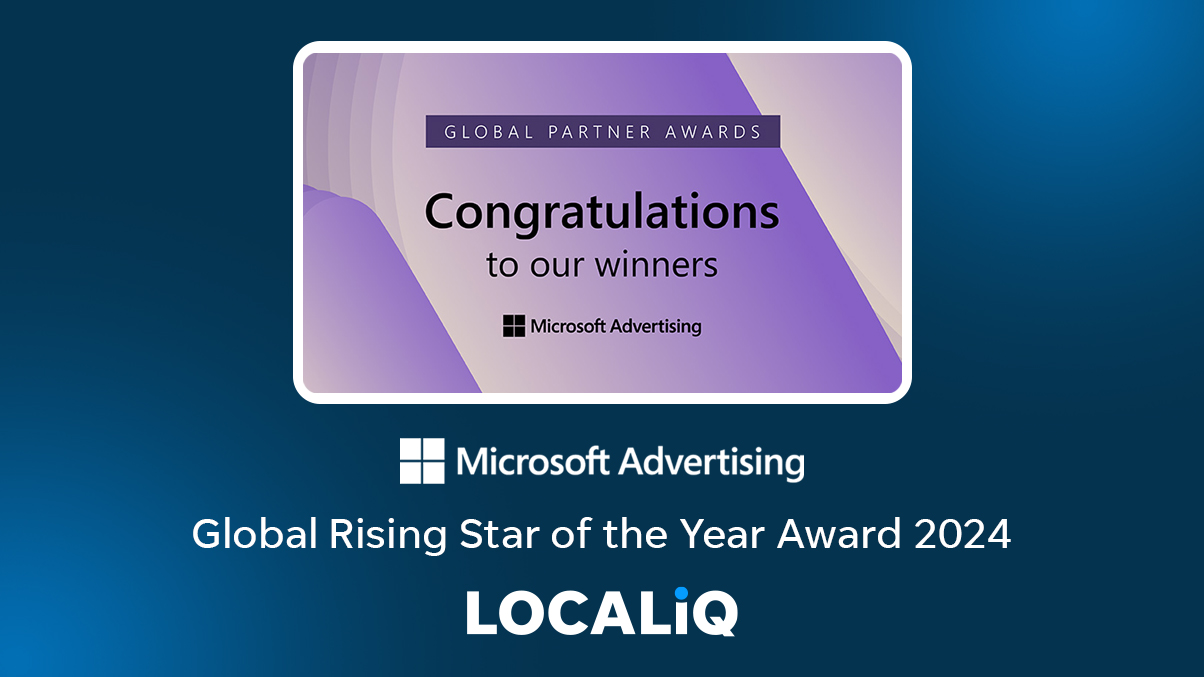As important and necessary as organic social media marketing is for small businesses, it doesn’t enable you to reach specific target customer segments as paid social media advertising does.
You can tailor your content and implement organic social media strategies to help you reach the right people, but ultimately, if you have very defined target audiences and customers in mind, employing social media technologies (which are accessible to anyone, such as Facebook Ads Manager and Instagram post promotions) to reach online social users who match such profiles is going to deliver you more ROI and conversions in the long run.
How and why you should do targeted social media marketing
- Target by demographics
Employing social targeting by demographics allows you to reach social media users by gender, age range, education status, marital status, number of dependents, location, or postcode. Therefore, if you are a private school wanting to reach parents, you could choose to target parents aged 30-40 who live in more affluent postcodes.
Targeting by demographics means that you’re only serving your targeted social ads to the right people – people who are likely to engage with your business and/or convert, rather than social media users who are unlikely to want or need your products and services.
2. Target social media users by their online behaviours
Social media technology and capabilities facilitate small businesses who are wanting to target potential customers who behave in specific manners online – such as by online shopping habits, browsing history, and content consumed.
Targeting by behaviours speeds up the process of the consumer journey funnel. This practice enables online eCommerce businesses to have adverts served to social users who are more open and less resistant to quick online purchases, endows small businesses to reach audiences who match that of their competitors, and assists companies in reaching social media users who have been absorbing content online that relates to their own products and services – for example, behavioural targeting could ensure that dental surgeries are reaching users who have been reading up on dental treatments online.
Targeting by behaviour on social media means that you can reach potential leads who are a lot warmer and are in the market for your products, services and vertical.
3. Target users by their interests and hobbies
Nowadays companies on social media can select audience segments they want to reach by their interests, aspirations, ideals, values, and hobbies! It’s like magic, is it not?
By employing this social targeting strategy, which you can do on all major social media networks, you can reach social media audiences who are interested in the products and services you have to offer already.
As a very rogue example, a company selling an astrology themed range of products could serve targeted adverts to online users who are interested in star signs and the zodiac. It is a granular and specific method of social targeting, and it will help you sell more and produce conversions through social media.
4. Target and ‘borrow’ brand audiences
If you’re wanting to expand your reach to potential customers who are fans of bigger brands and companies within your vertical and niche, you can do so by implementing brand affinity targeting.
As an example, a leather shoe company could target online social media users who are interested in Clark’s shoes. This is targeting by brand. It’s a way of utilising and leveraging audiences of your competitors, who are already actively interested in products, services and companies similar to yours.
This tactic is especially effective when you run it with a discount or highlight a USP that outshines that of your competition. Hehe.
5. Less wastage of budget
To state the obvious, when an online business uses targeted social media ads, it’s costing them money, whereas organic social media marketing and advertising do not. However, because social media targeting, when done accurately and strategically, is so refined and concentrated, you’re literally paying for your business to only be seen by hot business prospects and warmer leads who are A LOT likelier to become paying customers.
Other more traditional advertising and marketing methods, such as outdoor billboard advertising – although highly important for brand awareness and kicking off the consumer journey – is less likely to produce quick conversions because it’s being shown to anyone and everyone – including large volumes of people who are unlikely to need or want your business.
6. Generating higher conversion rates
Granular and detailed targeting on social media and only advertising to your target audience segments brings in higher conversion levels and lead volumes because it’s cutting out wastage.
By only advertising to people likely to convert, you’re maximising your opportunity and ability to capture and generate business leads.
7. Building the right audience, being followed by the right people
Acquiring followers and views is all well and good from a vanity point of view, but if your followers aren’t engaged in your business or content, they’re pretty much pointless. They won’t be interacting with your social media content, nor will they be buying from you!
Through social targeting, you are reaching social media users who are interested in what you have to offer, and building an audience made up of potential customers and engaged users is going to deliver you a higher conversion rate and drive stronger engagement on your social channels.
When it comes to followers, like content, it is about quality not quantity. As a social media marketing agency, we have seen businesses with 300 followers who purchase from them regularly and hold major customer loyalty, and we have also seen companies with 30,000 followers with minimal sales and profit.
8. Expand your reach beyond organic social marketing
Organic social media marketing strategies such as producing brilliant content with purpose, sharing user-generated content, and interacting with audiences will build your following and customer base, however, targeted social media advertising will give your business a much-needed boost quickly.
Social media algorithms are difficult to navigate and it’s becoming harder to be seen on social media organically.
Targeted social ads bypass this issue, and your ads will reach people who not only match your target customer profiles but would not have found your social account or content otherwise.
You can control how large your reach is when setting up a social advertising campaign by implementing and adjusting your budget and tailoring your targeting.
9. Find custom and lookalike audiences
Social media networks and their advertising platforms, such as Facebook Ads Manager, give small businesses the option to target online users who have previously interacted with their content and business online yet not taken further action (a custom audience) and reach online users whose profiles and data match that of their existing followers and fans (a lookalike audience).
This means that you can leverage the friends, friends of friends and online connections of your existing social audience and build on your social proof whilst expanding your current following, and also reach online users who are much likelier to engage with and buy from your business.
10. Measure the ROI
When you employ social media advertising and targeted social ads, you can set up conversion tracking. This means that you can see how much budget you’ve spent, how many conversions your social media campaign has delivered, and how much you’ve paid per lead (known as CPL, CPA or CPC – cost per lead, cost per acquisition, cost per conversion)
You can also access your social media analytics and campaign performance data to see how many leads, clicks or engagement activities your organic and paid posts garnered and use it to inform your social media marketing strategy to make more of what works well.
What if I am unsure who my target audience is?
If you can’t picture your ideal, target customers, then try creating fictional audience personas to establish pictures and profiles of the people you need to market your company to.
Once you have illustrated your own target audience segments, find out how you can actually implement targeting into your social media campaigns by reading our guide to defining your target audience and reaching them on Facebook.




